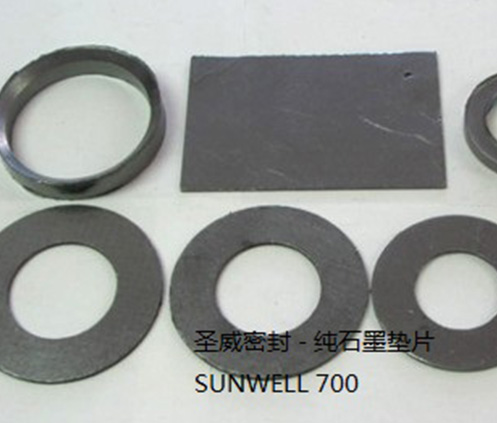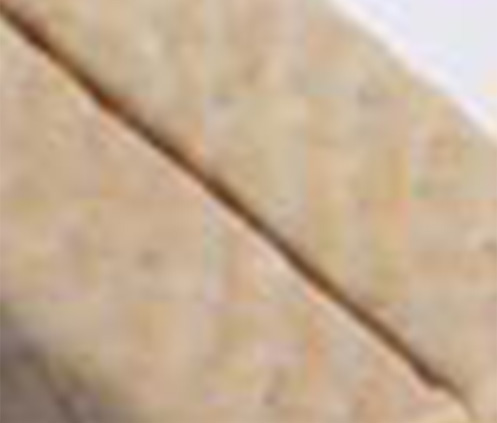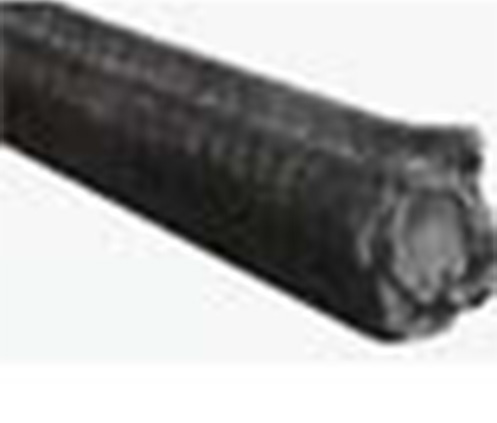photoluminescent pigment powders
What are the characteristics of temperature change ink
Temperature change ink known as thermochromic ink , showing temperature sensitive ink or ink . Temperature change ink into three categories: the display a specific color temperature , the color disappears upon heating becomes colorless glow in the dark immediately restore the original color , because reversible change process , referred to as Temperature change ink known as thermochromic ink , showing temperature sensitive ink or ink . Temperature change ink into three categories: the display a specific color temperature , the color disappears upon heating becomes colorless glow in the dark immediately restore the original color , because reversible change process , referred to as " inversion variable message color ink " ; Show colorless at room temperature, after heating into another color , then restore the original cooling colorless , photoluminescent films the change process reversible , referred to as" inversion hair color ink " ; ink display color at room temperature , after heating into another color , because the reversible change process referred to as " inversion variable color ink transfer " ;
Recommended for photoluminescent pigments
The photoluminescent pigments are made from alkaline earth strontium aluminate, which present themselves in light yellow and whose luminance colors is yellow green or blue-green. This glow in the dark pigments range features high hardness, excellent oxidation resistance under high-temperature, always recommended for ceramic or glass industry which The photoluminescent pigments are made from alkaline earth strontium aluminate, which present themselves in light yellow and whose luminance colors is yellow green or blue-green. This glow in the dark pigments range features high hardness, excellent oxidation resistance under high-temperature, always recommended for ceramic or glass industry which need hard fire.
How to use photoluminescent pigments
The determination of how photoluminescent pigments will be used generally has to with the size and effort involved in the application. A large sample of glow pigment powders for the substantial of particle size that will provide a very high afterglow intensity that is considered suitable For which types of applications, of which includes both brush The determination of how photoluminescent pigments will be used generally has to with the size and effort involved in the application. A large sample of glow pigment powders for the substantial of particle size that will provide a very high afterglow intensity that is considered suitable For which types of applications, of which includes both brush and spray painting, glass molding, and candle making. What is considered as a medium size application - which only needs a relatively moderate size of particles and what will emit a moderate afterglow intensity - would Be a suitable for applications such as silkscreen printing and plastic molding. A small, or fine size pigmentation level, which requires only a small particle size (a fraction of the large quantities) and low afterglow intensity, can be used for thread and fiber production, Or the actual any type of production process that requires very fine article sizes.
Pigment - in the dark
The glow pigment powders can glow different colors in the dark, and works with good performance for low-location emergency lighting, indication marks and decorations. The glow products are widely used in the fields of consumer goods, decorations, communication and transportation , military facilities, and fire emergency system etc. The glow pigment powders can glow different colors in the dark, and works with good performance for low-location emergency lighting, indication marks and decorations. The glow products are widely used in the fields of consumer goods, decorations, communication and transportation , military facilities, and fire emergency system etc.
What is Glow Powder?
Glow in the dark powder is actually called phosphorescent pigment. It is the basis of just about all glow products. This powdery substance absorbs light and then re-emits it over a length of time. The glow occurs when electrons fall from a higher orbit to a lower orbit. When they fall to a lower orbit, they emit energy as visible light. These produ Glow in the dark powder is actually called phosphorescent pigment. It is the basis of just about all glow products. This powdery substance absorbs light and then re-emits it over a length of time. The glow occurs when electrons fall from a higher orbit to a lower orbit. When they fall to a lower orbit, they emit energy as visible light. These products have chemicals in them with electrons that get excited by light waves. No chemical reaction actually occurs.
About photoluminescent pigment powders
Glow pigments are granular solids incorporated into the paint to contribute color, toughness, texture or simply to reduce the cost of the paint. Alternatively, some paints contain dyes instead of or in combination with pigments.Powdered paint pigments can be classified as either natural or synthetic types. Natural pigments include various clays, ca Glow pigments are granular solids incorporated into the paint to contribute color, toughness, texture or simply to reduce the cost of the paint. Alternatively, some paints contain dyes instead of or in combination with pigments.Powdered paint pigments can be classified as either natural or synthetic types. Natural pigments include various clays, calcium carbonate, mica, silicas, and talcs. Synthetics would include engineered molecules,calcined clays, blanc fixe, precipitated calcium carbonate, and synthetic pyrogenic silicas. Hiding pigments, in making paint opaque, also protect the substrate from the harmful effects of ultraviolet light. Hiding pigments include titanium dioxide, phthalo blue, red iron oxide, and many others.









